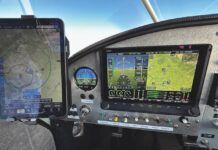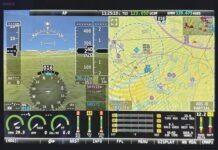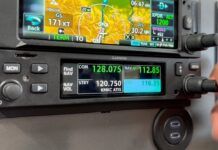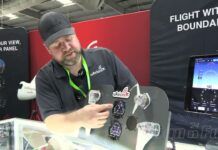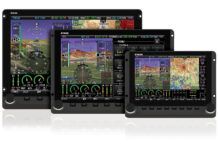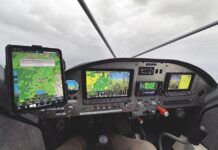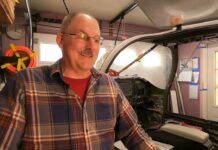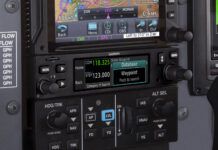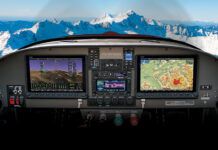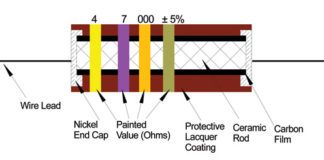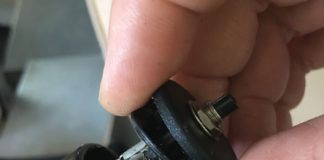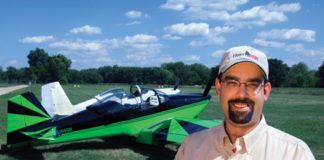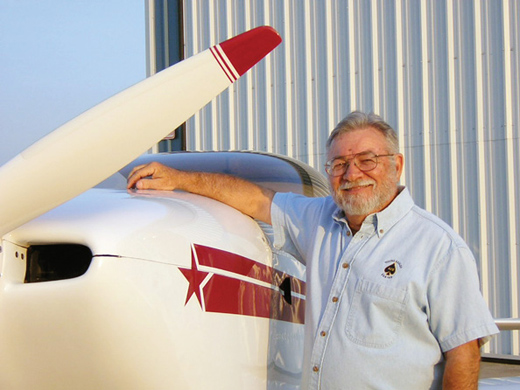
Question: If a kit aircraft has an airframe rated for a gross weight of 1500 pounds, but the builder assigns 1320 in order to stay within the limits of Light Sport, would a future owner be able to increase the gross weight to 1500 pounds by taking the plane back into Phase 1?
Answer: Assuming that the aircraft is certificated in the Experimental/Amateur-Built category, yes, you may increase the gross weight up to the designer’s limits by placing the aircraft back into Phase I and completing flight testing to the new gross weight. Simply contact your local FSDO or a DAR, and they can do the transition for you. Keep in mind that once you increase the gross weight, the aircraft may never again be flown by a sport pilot.
On the other hand, if the aircraft was certificated in the Experimental Light Sport category, no modifications may be made that take the aircraft out of Light Sport parameters as described in FAA Part 1.1. Any such modifications would void the airworthiness certificate.
Question: I recently purchased a Cygnet SF-2A, and I’m working on earning my Light Sport ticket with my CFI. We haven’t observed a magnetic compass in the plane. The MGL panel is tied into GPS only. Is a compass required?
Answer: For daytime VFR, an Experimental/Amateur-Built aircraft is not required to have any instruments at all. But keep in mind that what is legal and what is prudent are two different things.
For night and/or IFR, a “magnetic direction indicator” is required per FAR 91.205. A GPS derived course indicator will not satisfy this requirement.
During your check ride, you will be required to perform certain tasks. If you have an EFIS and it has a magnetic direction indicator, it should suffice. However, this is something you should discuss with your designated pilot examiner (DPE) before the check ride.
Question: Do you know where I can find a DAR for a completed gyroplane that does not currently have an N number?
Answer: I’m not sure I understand your question. If you are looking for a DAR to perform an airworthiness inspection, you must first obtain an N number and register the gyroplane. All information used for airworthiness is based on, and must match, the registration information. You cannot start any of the airworthiness documentation until the aircraft is registered. I hope this helps.
Question: I am the second owner of a Zenith CH 650 B, a kit-built LSA registered as an E/A-B. I wonder if you can clarify whether or not a third party with an LSA repairman maintenance rating can perform the annual condition inspection, or if only an A&P is authorized to do it.
Answer: To be completely accurate, your aircraft is not a “kit-built LSA.” It is an Experimental/Amateur-Built. It is an LSA only in that it may be flown by a sport pilot because it meets LSA parameters. As an amateur-built aircraft, only the repairman for that particular aircraft or an A&P may perform the condition inspection required by the operating limitations.
Please send your questions for DAR Asberry to [email protected] with “Ask the DAR” in the subject line.
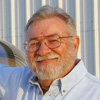
![]()
Mel Asberry is an experienced Designated Airworthiness Representative specializing in Experimental/Amateur-Built aircraft. He and his wife, Ann, have built seven amateur-built airplanes including two ultralight types, a Moni Motorglider, a Dragonfly Mk2, two RV-6s and a Zenair CH 601HDS. They are currently building a scratch-built biplane.

